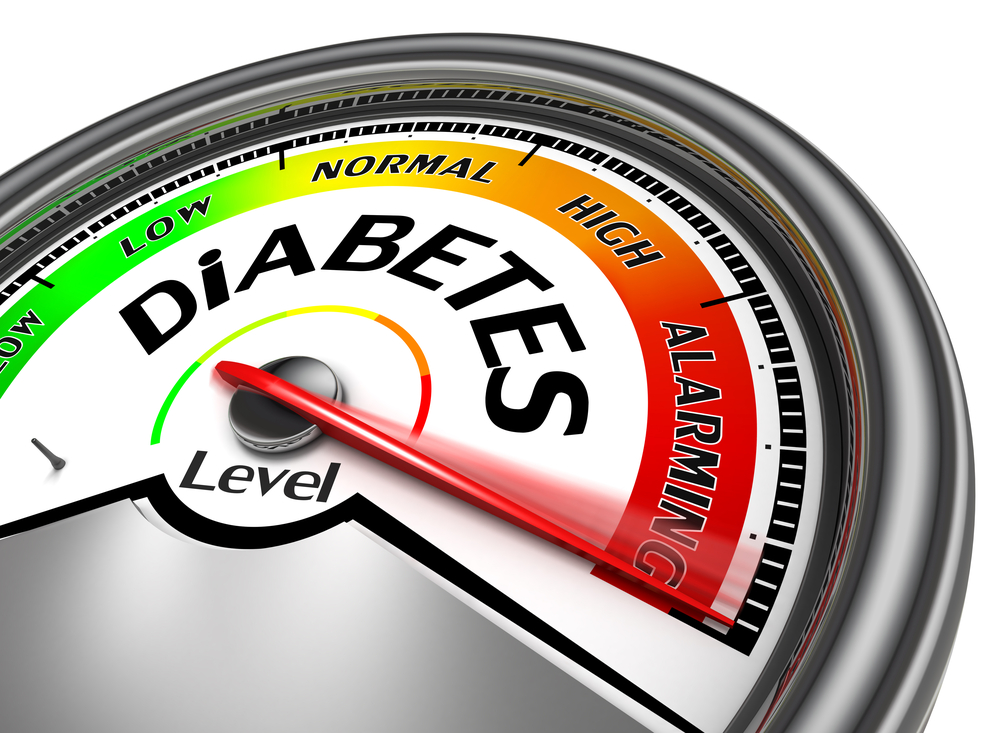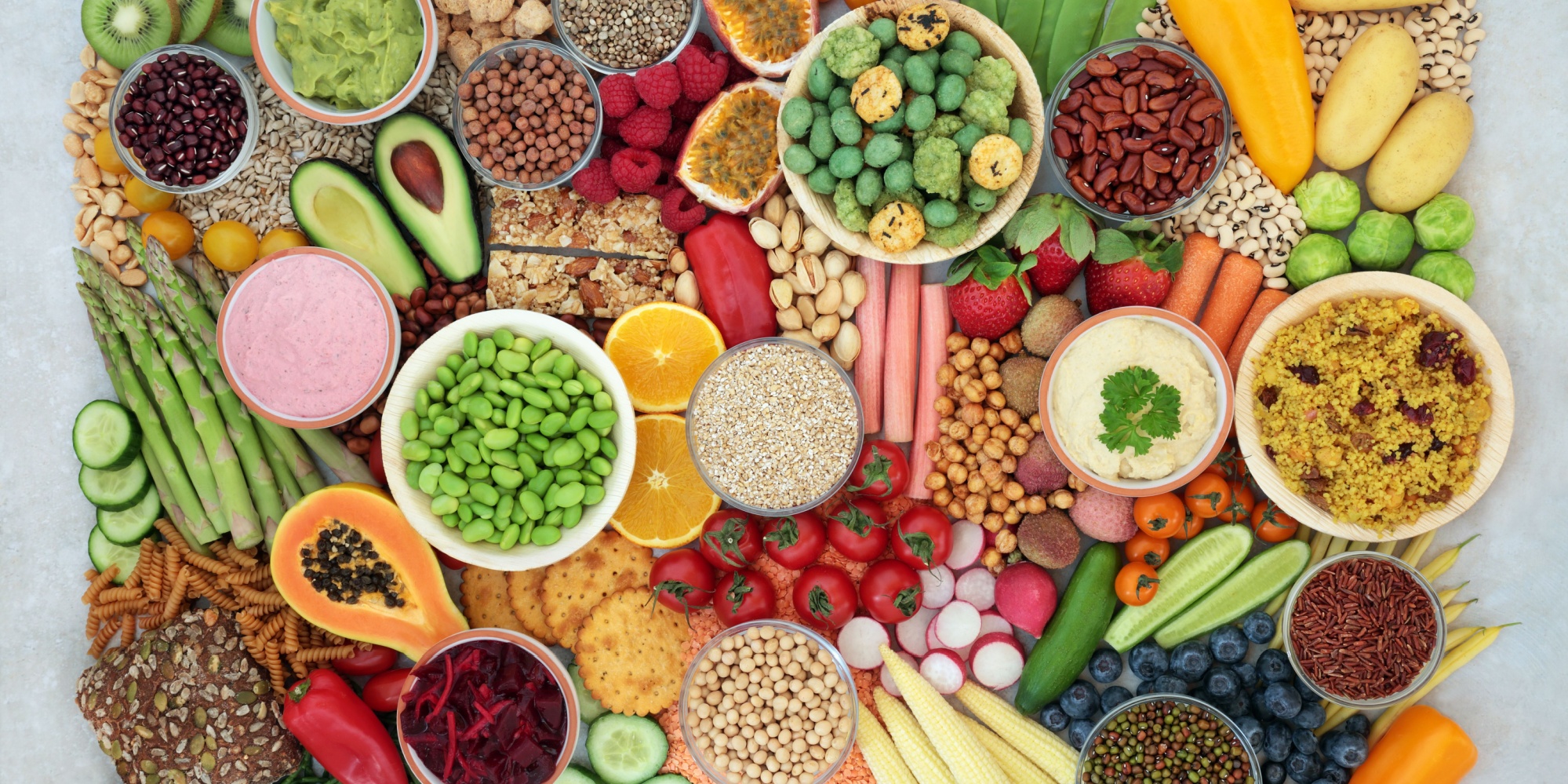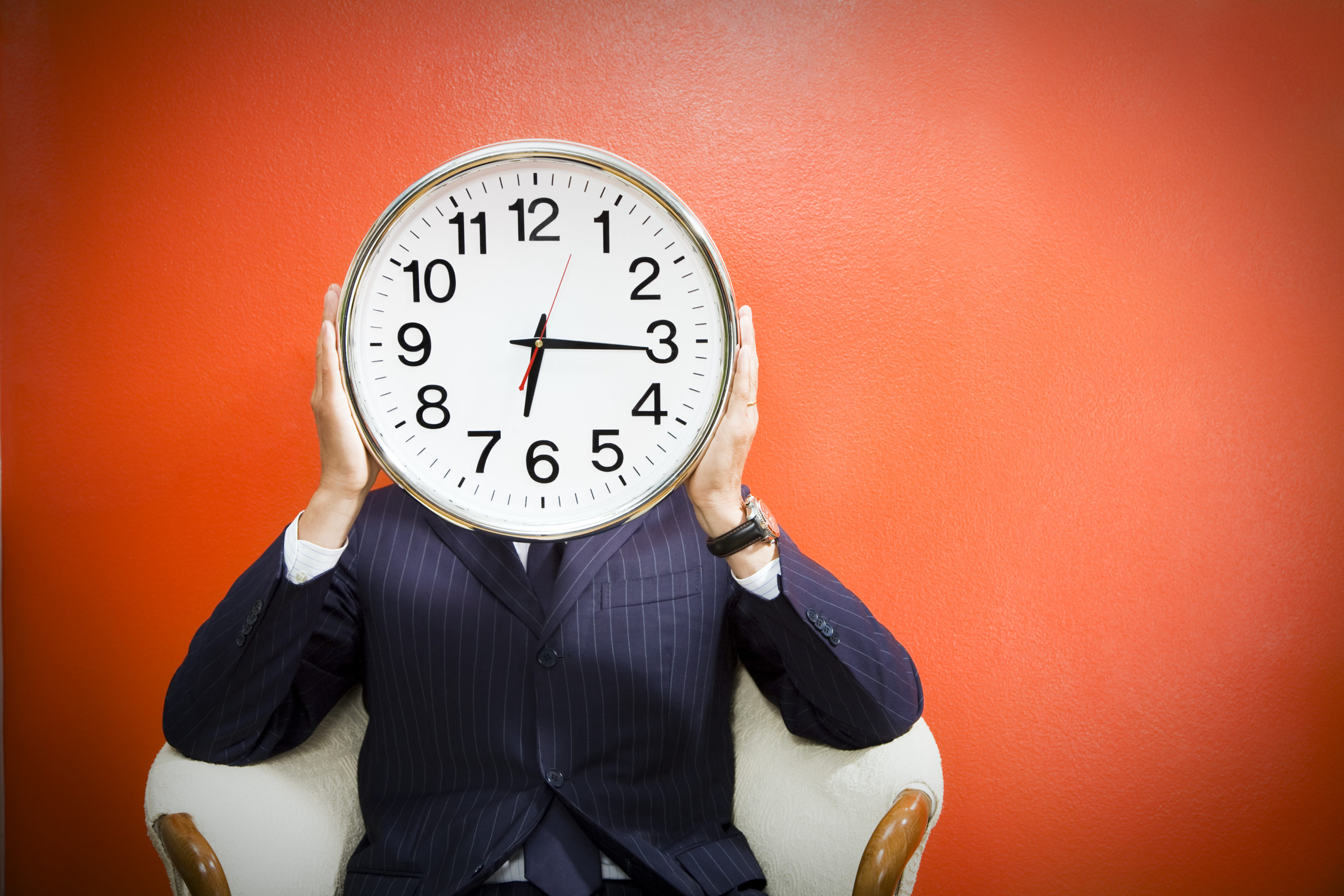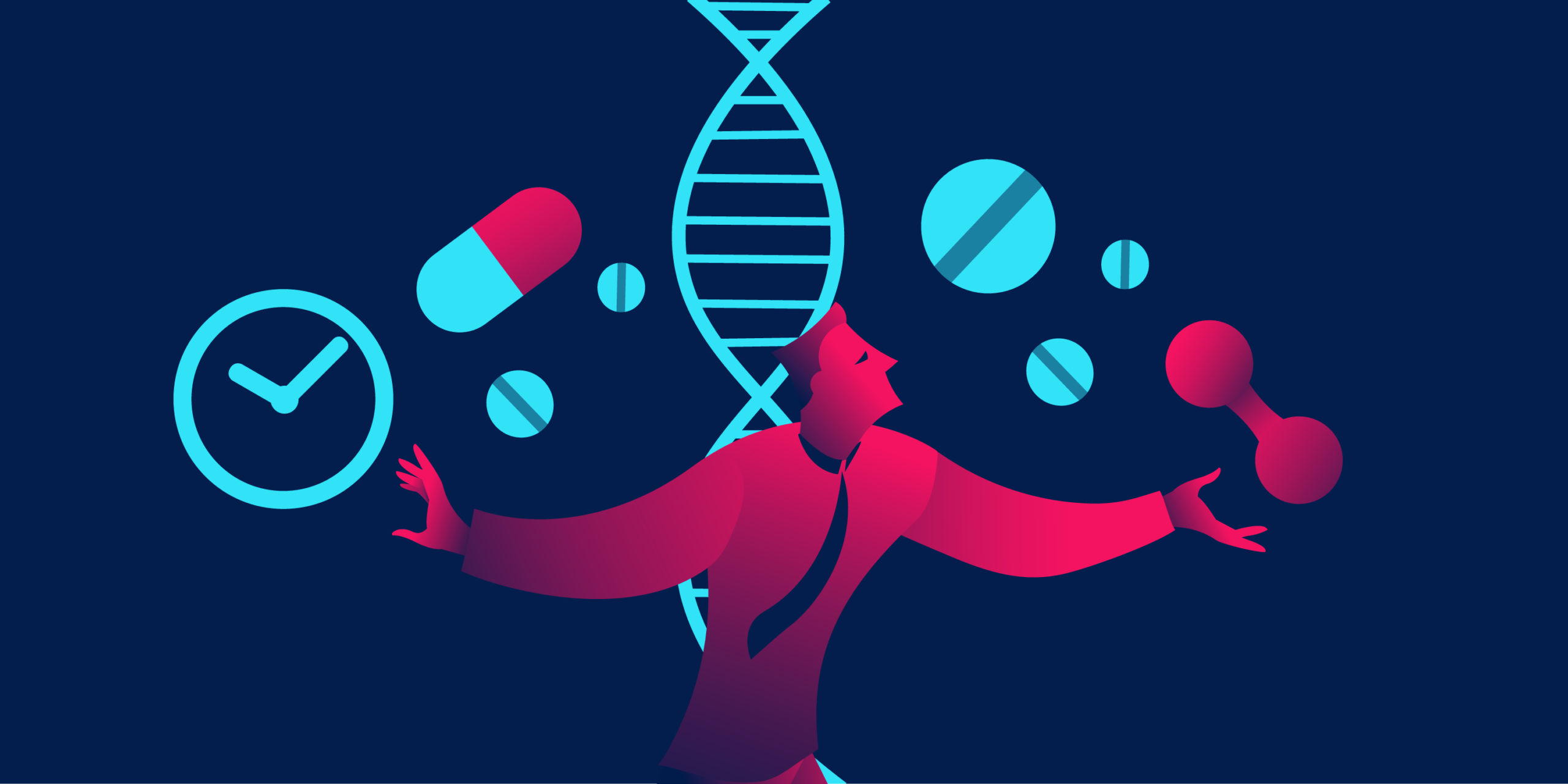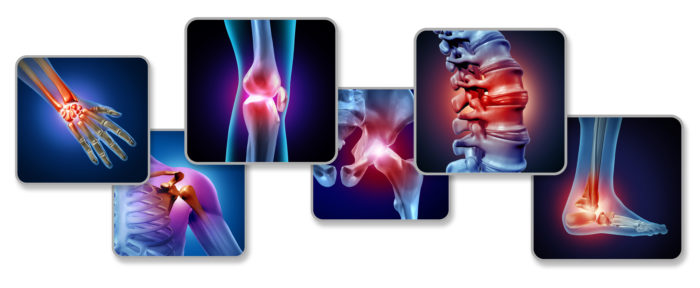
“Head, shoulders, knees and toes” – joint pain
February 12th, 2021“Head, shoulders, knees and toes, knees and toes…”
Do you remember that game we played when we were little? We eagerly raised our hands to our head, then to our shoulders and swooped down to touch the knees and toes, twice! Always with such ease and enthusiasm bouncing back up like a spring.
Handstands, forward rolls, and cartwheels were second nature for most of us but now, with ageing, the likelihood is our bodies would struggle to do a lot of those fun things anymore.
How things change as we grow up, our ageing bodies play havoc on our joints and with 360 joints in the human body, we are all destined to suffer from some form of joint pain in our lifetime.
Joint pain…
Joint pain can be caused by different things but most commonly, arthritis. There are more than 100 types of arthritis, but most people suffer from osteoarthritis and rheumatoid arthritis. The typical symptoms are swelling, tenderness and stiffening of the joints which worsens with age. Little did we know as children that a simple game of touching our head, shoulders, knees, and toes would eventually become a struggle and for some – almost impossible.
Never give up trying though, never neglect your health and fitness, caring for your muscles and joints is so important.
Heads up!
Cervical spondylosis is arthritis in the neck caused by age-related wear and tear. The spinal disks in the neck dehydrate and shrink causing pain, stiffness and tingling numbness in the arms, hands, legs and feet. Other causes are jobs with repetitive neck motions, a neck injury or it can be genetic. It is very common and it affects more than 85% of people over 60 and there are many ways to relieve the discomfort such as the use of a heat pad around the neck.
Shimee, shimee…
Shoulder arthritis is when the cartilage over the ball and socket joint on the shoulder starts to wear away and it causes pain, stiffness and restricted movement. There are two main joints in the shoulder, the acromioclavicular where the collar bone and shoulder blade meet and the glenohumeral where the arm bone connects to the shoulder blade. The shoulder joint is the most mobile in the body but its flexibility makes it prone to injury. A shoulder massage works wonders!
Bend zee knees…
Osteoarthritis is the most common form of arthritis in the knee, it is a degenerative condition where the cartilage in the knee gradually wears away. The knee is a hinge joint known as a synovial joint where the kneecap, thigh bone and shin bone meet. The cartilage acts as a shock absorber to protect the knee, it is prone to injury by twisting, falling or being hit by an object. There are lots of pain relief creams on the market to rub into the knee, ice packs and elevation of the leg works well too.
Twinkle toes…
Toe arthritis is when there is inflammation of the toe joint and it most commonly attacks the big toe. Except for the big toe, there are three joints in the toes – the metatarsophalangeal (base of the toe), the proximal interphalangeal (joint in the middle of the toe) and the distal phalangeal (closest to the tip of the toe).
Chronic inflammation in the forefoot where the big toe is connected to the rest of the foot is common. Wearing orthopaedic shoes can help, they support the mechanics and structure of the foot.
Here is a list of things you can do to help cope with arthritis…
- Monitor your weight – being overweight can add extra pressure on your joints, especially the hips, knees and feet. Weight reduction on your joints will improve mobility, decrease pain and prevent future damage. Try a new health and fitness regime, find something that works for you
- Do exercise – movement that raises your pulse rate and strengthens muscle is a good way to control your weight. Exercise keeps your joints flexible and makes the muscles around the joints stronger. Low impact exercise is best when you have joint problems, swimming is ideal
- Try hot and cold therapy – a long warm bath or shower relieves stiffness in the joints, sitting in a jacuzzi is very enjoyable when you have aches and pains. You could also try laying on an electric blanket or heat pad. You can buy gel ice packs or use frozen vegetables wrapped in a towel to help control any joint pain.
- Consider acupuncture – this is an ancient Chinese medical treatment that involves inserting thin needles into specific points in the body. Rerouting energies and restoring balance in the body.
- Give meditation a go – relaxation techniques are known to reduce the pain of arthritis by lowering stress levels and enabling you to cope better.
- Follow a healthy diet plan – plant-based diets provide antioxidants to reduce inflammation eliminating free radicals from the body. Avoid processed food, eat fatty fish, garlic, ginger, broccoli, walnuts, berries, spinach, grapes and olive oil.
- Add natural supplements to your daily routine – many supplements reduce joint pain as scientific research has proven. Supplements such as PainPro, Nature’s Marvels cartilage bioregulator & Joint Pro peptide cream.
- Have a massage – this gives you an overall sense of wellbeing and relieves discomfort although it is advisable to go to a practitioner who specializes in massage for arthritis.
- Pain relief – taking anti-inflammatory drugs or muscle relaxants can help. You should seek medical advice before taking medication.
It’s not just arthritis that causes joint pain, there are lots of other reasons such as:
- The result of an injury – a sprain, strain or tear of ligaments, muscles or tendons around the joints
- Breaking a bone or fractures – normally from an accident, fall, sports injury or low bone density
- Fibromyalgia – widespread pain and extreme tiredness all over the body brought on by illness, injury or stress
- Synovitis – the synovium is the connective tissue that lines the inside of a joint capsule and sometimes gets inflamed and swollen
- Gout or pseudogout – the swelling and severe pain in joints such as the big toe and the knee
- Chondromalacia patella – the softening and breakdown of the cartilage on the underside of the kneecap
- Hemarthrosis – bleeding in the knee joint caused by an injury or complication of a genetic bleeding disorder
- Osgood Schlatter’s disease – when bony painful bumps form on the shin bone
- Viral infection – the fluid and tissues in a joint can get infected by bacteria
- Hepatitis, Rubella, Lupus and Scleroderma can also cause a lot of joint pain
If you think you may be suffering from any of the above, it’s really important to see your doctor. If you are looking for natural pain relief, try the supplement Discomfort ReliefPro™(formerly PainPro™)
This contains Palmitoylethanolamide, which has been extensively studied with in excess of 500 clinical studies that show PEA’s effectiveness in chronic pain, neuropathic pain, chronic inflammation and in acute infections such as flu and colds.
CHRONIC PAIN:
- Arthrosis
- Migraine
- Pelvic disorders
- Prostate diseases
- Endometriosis
- Chronic low back pain
- Chronic unexplained abdominal complaints
- Neck pain and whiplash injuries
- Fibromyalgia
NEUROPATHIC PAIN:
- Hernia
- Nerve entrapment syndromes
- Shingles
- Multiple sclerosis
- Pains and spasm post-stroke
- Chronic idiopathic axonal neuropathy
- Diabetes type 1 and 2
- Chemotherapy and radiation for cancer
- Neuralgic pains
- Pains in ALS
CHRONIC INFLAMMATION
- Chronic low-grade inflammation
- Inflammatory bowel disease
- Metabolic syndrome
- Vaginitis, vulvodynia, vestibulitis
- Bladder pain syndrome
- Prostatitis
- Arthritis
Discomfort ReliefPro™ (formerly PainPro): http://bit.ly/PainPro
Nature’s Marvels™ Cartilage bioregulator
This peptide bioregulator improves tropism of the cartiliage, as well as helping to regulate the corresponding metabolic processes. This in turn helps to reduce the risk of spine and joint diseases such as Spinal Osteochondrosis and Osteoporosis.
People who use this type of supplement report reduced pain and improved movement in both their joints and vertebrae, and it can also be combined with other bioregulators such as the blood vessel or muscle peptides to aid skeletal joint issues.
Nature’s Marvels™ Cartilage Bioregulator: https://www.antiaging-systems.com/products/cartilage-bioregulator-natures-marvels/
JointPro™ Peptide Cream
JointPro™ is a new, unique peptide-based cream that has been formulated to specifically aid joint pain, as well as pain in the tendons, muscles and from arthritis, degenerative joint disease and tendonitis. The results of JointPro™ are backed up by clinical studies.
JointPro™ is unique as it is the first transdermal ICPP Peptide on the market. This means it:
- Can be topically applied to the skin, penetrating through the pores to produce a therapeutic effect.
- Acts as an anti-inflammatory, giving a cooling/warming sensation to help with pain instantly
- Both increases and maintains Type II Collagen. This is an essential protein that exists in your cartilage, but depletes with age
- Stimulates and promotes the growth factors that repair articular tissues
- Helps cartilage tissue to regenerate by boosting HA, ECM and collagen synthesis in tendon cells and chondrocytes
JointPro™: https://www.antiaging-systems.com/products/jointpro-30ml/
One very important last thing…
When performing any type of physical activity it is important to warm up and cool down your muscles and joints to prevent injury. Stretching is very important to get rid of any lactic acid build up in the muscles which can also cause discomfort around the joints.
Stay fit and healthy so when your grandchildren want to play ‘head, shoulders, knees and toes’ it’s not too much of a problem 🙂
